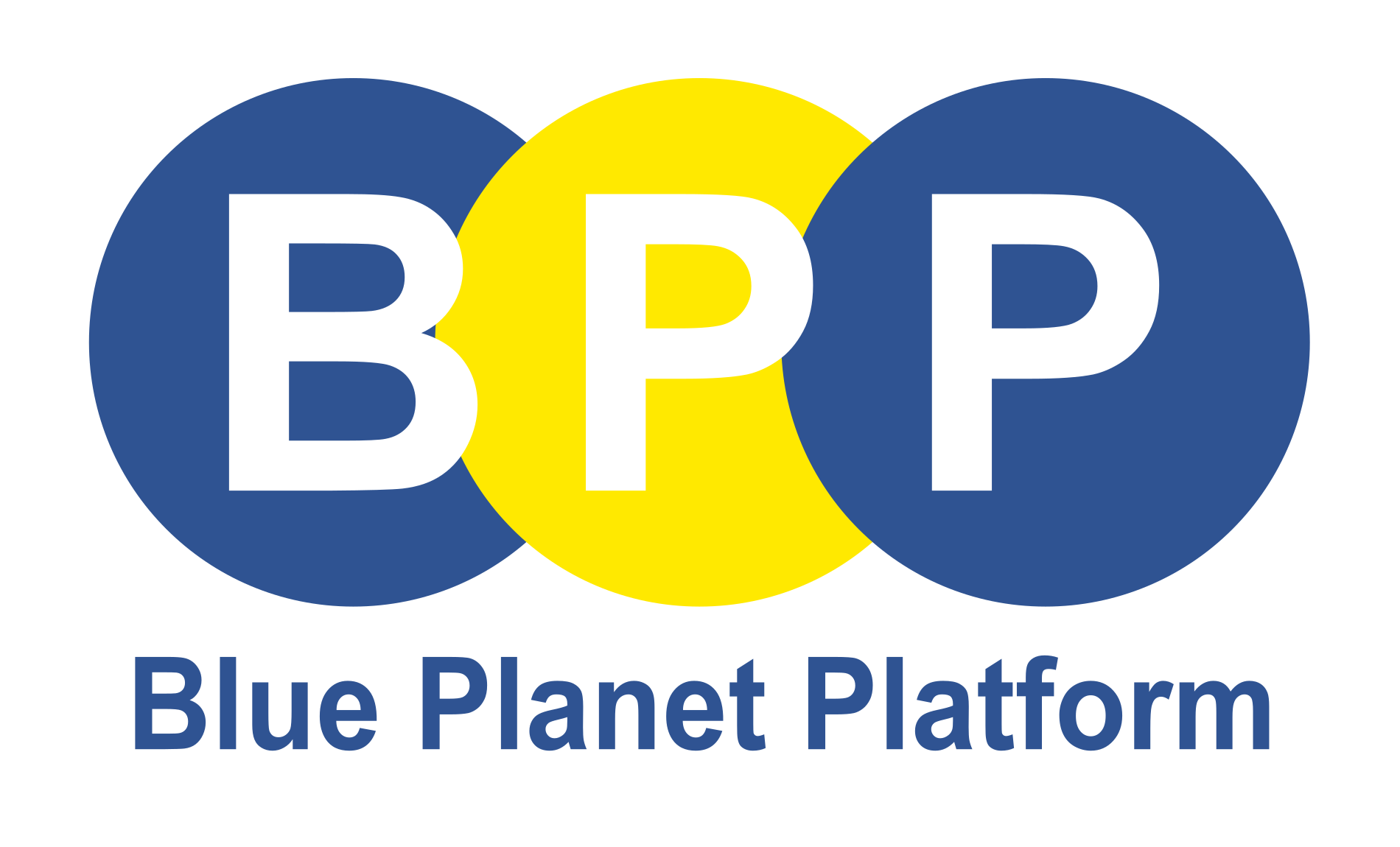Looking for a vibrant and interactive online entertainment experience? Funky Time Live’s easy onboarding means you’ll spend less time configuring and more time being creative.
Is there a mobile app?
Absolutely. From exclusive promotions to smooth account setup, it’s designed with you in mind. How does Funky Time Live pricing work?
Funky Time Live offers flexible pricing plans tailored to various needs, including a free tier with access to basic content and premium subscriptions for enhanced features.
Funky Time Live resonates because it’s not just about passing time—it’s about living fully in it. open product page
What You Can Expect
Engaging with Funky Time Live means stepping into an upbeat, colorful space where the rules of traditional timekeeping and daily routines are joyfully challenged. live funky time casino Users tend to feel motivated and appreciated, recognizing tangible benefits of their continued involvement. Let’s break down what makes Funky Time Live a standout, and how to get started effortlessly.
Review Highlights
- Dynamic Content Variety: Funky Time Live hosts a wide range of shows—from funky music sessions and interactive game nights to live chats with influencers, ensuring there’s something for everyone.
- User-Friendly Interface: The platform’s layout is intuitive and colorful, making navigation a breeze even for first-timers.
- Exclusive Promotions: Regular giveaways, loyalty rewards, and funky-themed discount codes keep users engaged and feeling valued.
- Community Vibes: Real-time chat and interactive polls create a tight-knit community atmosphere that enhances the live experience.
- Seamless Streaming Quality: Crisp video and clear audio ensure you never miss a beat, whether on desktop or mobile.
- Pros: Affordable premium tiers, responsive customer support, and frequent updates make Funky Time Live a reliable party companion.
Step-by-Step Starter Guide
- Create Your Account: Visit Funky Time Live’s homepage and click “Sign Up.” Enter your email, choose a funky username, and set a secure password. Its unique features might appeal more to niche audiences or those looking for alternatives, but it may not yet have the extensive user base of larger services.
- Customize Notifications: Set your preferences to get alerts about new shows, special promos, or exclusive content, so you never miss out.
In summary, Funky Time Live is a promising live streaming platform that blends real-time engagement with interactive tools. This interaction is what makes Funky Time Live truly funky!
Ready to turn up the funk and elevate your live entertainment?
In today’s world of online entertainment and interactive gaming, finding a platform that delivers both excitement and reliable performance is essential. Funky Time Live isn’t confined to just one entertainment form; it encourages variety—live music performances, interactive shows, creative jams, and sometimes quirky challenges. Moderation is proactive but unobtrusive, with tools that allow users to report any suspicious or inappropriate behavior quickly. open entry
Backing this up is clear, accessible privacy policies and responsive customer support that helps foster confidence. New users get plenty of content unlocked right away—access to most streams, basic games, and chat functions are all free, making it easy to dip your toes in without commitment.
For those seeking more, a monthly subscription unlocks advanced features like exclusive streams, ad-free experiences, enhanced avatars, and priority participation in popular games and events. Plus, the interactive features like sending gifts, commenting, or jumping into mini-games work just as well as on a desktop. It’s like they actually care that you’re having a good time without any annoying hiccups.
Perks and Promo Programs — The Extra Cherry on Top
Now, don’t think it’s just about the streaming.
The experience feels personal yet shared, casual yet captivating. Special promotions and referral bonuses occasionally add extra value, encouraging community growth in a fun way. go to product page
Overall, Funky Time Live’s pricing respects everyday budgets while offering plenty of motivation to upgrade, driven more by desire to enhance experience than by restrictions on free access.
User Experience
From the moment you log in, Funky Time Live greets you with an intuitive design that keeps things vibrant without overwhelming the senses. I settled onto my couch, laptop balanced precariously on my knees, and clicked open Funky Time Live for the first time.
With this latest release, we are raising the bar by deepening our commitment to user engagement, streamlining functionality, and expanding our reach into new audience segments. How does Funky Time Live ensure content quality?
The platform collaborates closely with artists, performers, and event organizers to deliver professionally produced live streams. Funky Time Live aims to deliver fast results with minimal delay. Its active efforts to enhance brand visibility and implement comprehensive retention strategies underscore a mature approach toward sustainable scaling. This mobile-centric user behavior underscores the critical need for mobile-first payment solutions and real-time transaction processing capabilities.

